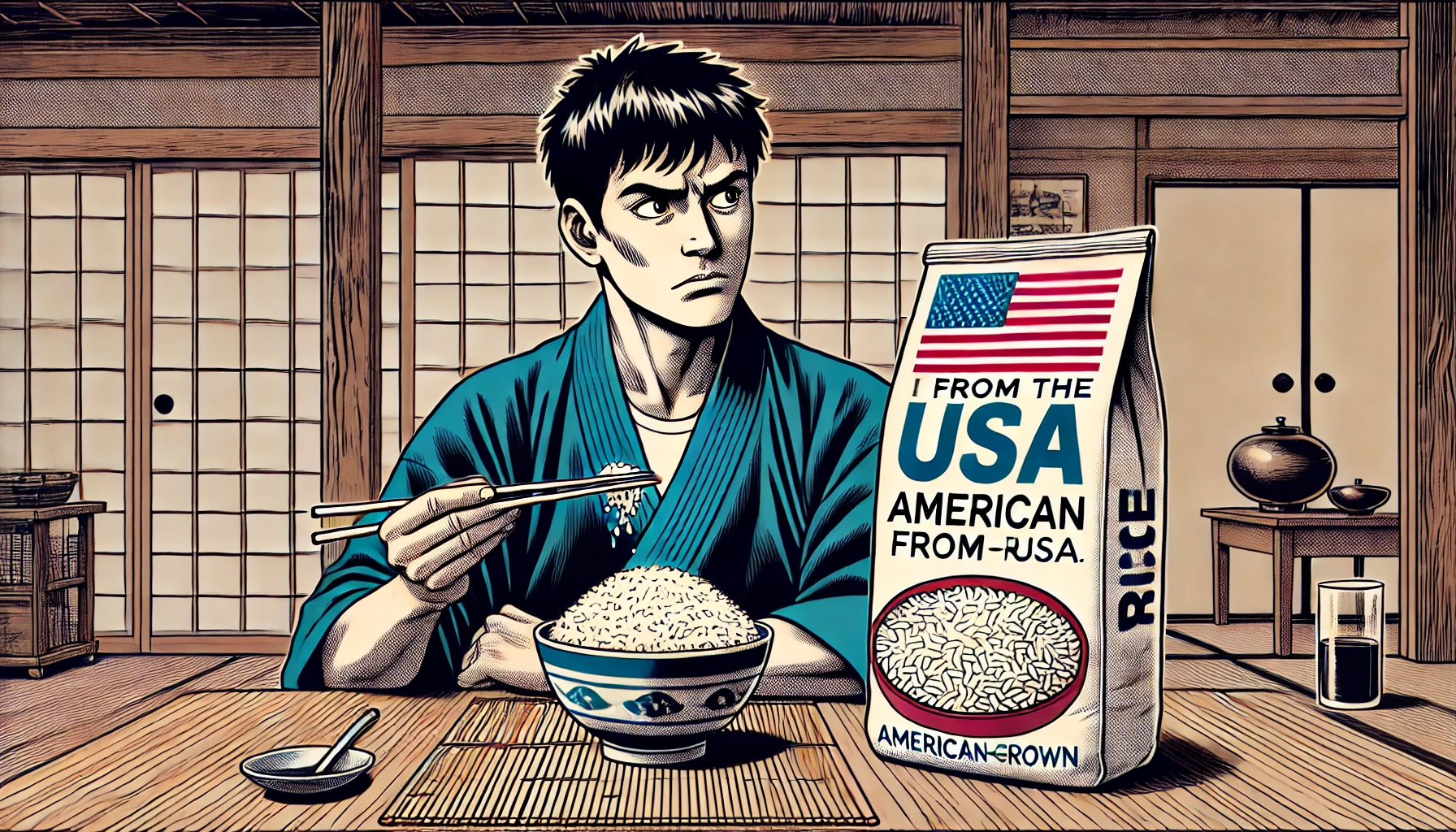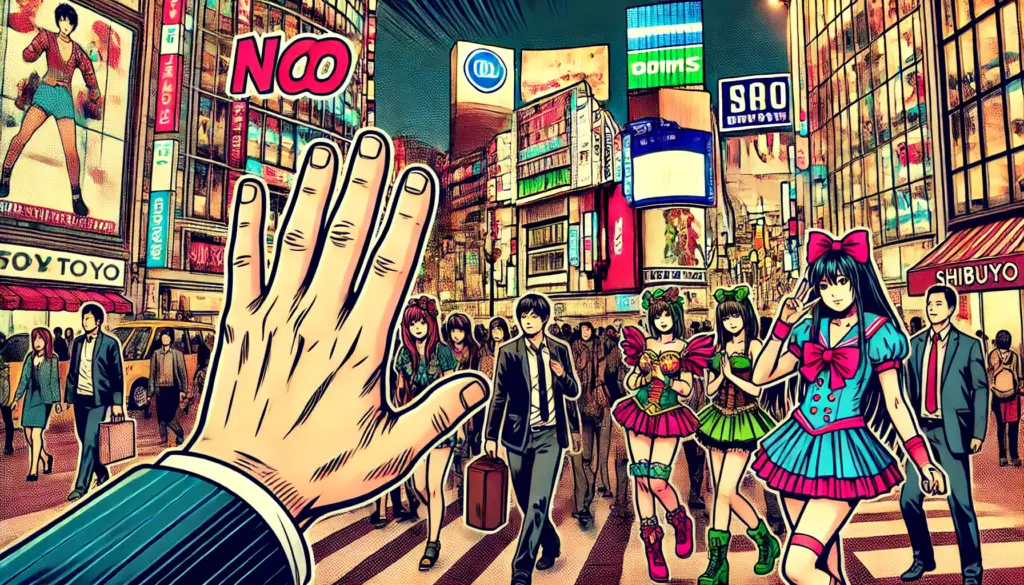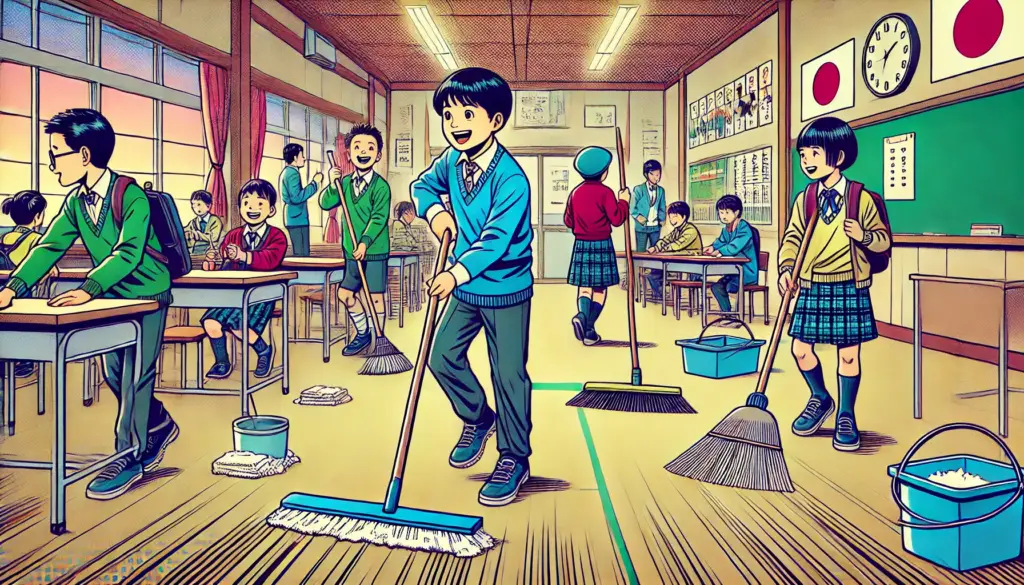
🍙 Japan’s Rice Shortage: What Happened?
In recent years, Japan has faced an unexpected rice shortage. This was caused by a combination of reduced domestic production, aging farmers, and climate issues. Some areas saw empty shelves and rising rice prices. As a result, many households began exploring alternatives—including imported rice from the United States.
🍚 American Rice Enters the Scene
American rice, especially California-grown medium-grain varieties, started appearing in Japanese supermarkets. These types of rice are not as sticky as traditional Japanese short-grain rice, but they work well in dishes like curry rice, fried rice, and rice bowls.
In many cases, American rice costs significantly less—sometimes by over 600 to 700 yen per 5 kilograms. For families on a budget, this price difference is hard to ignore.
🛒 Why Some Japanese Choose American Rice
Here are a few reasons why American rice has become a viable option:
- Lower price: Domestic rice prices increased due to tight supply, while American rice remained affordable.
- Everyday usability: Many people found that American rice works well for daily meals like bento lunches or donburi dishes.
- Blending habits: Some families began mixing domestic and imported rice to balance taste and cost.
- Availability: American rice became easier to find in regular supermarkets during the shortage.
🇯🇵 Japanese Preferences and Cultural Taste
Even though American rice became popular in 2024 and 2025, many Japanese people still strongly prefer domestically grown rice. Japanese rice has a sticky, sweet texture that’s ideal for sushi, rice balls, and traditional meals. It’s also deeply tied to Japanese food culture and identity.
For many, eating rice is not just about filling the stomach—it’s about enjoying the perfect texture and flavor. That’s why imported rice is often viewed as “a backup” rather than a true replacement.
📉 Will American Rice Remain Popular After the Shortage?
As of mid-2025, Japanese rice production is slowly recovering. However, consumer habits have changed. Some people now realize that:
- American rice is “good enough” for certain meals.
- Blending imported rice with domestic rice is a smart and tasty compromise.
- Using imported rice for daily meals allows saving premium rice for special occasions.
These new habits may continue even when supply returns to normal.
🔄 Changing Mindsets
The idea that “only Japanese rice is good rice” is slowly shifting. Younger generations and busy families are becoming more open to different options, especially when they offer good value.
While it’s unlikely that American rice will fully replace Japanese rice, it has earned a place in the kitchens of more budget-conscious and flexible consumers.
✅ Summary: Why Choose American Rice?
| Reason | Description |
|---|---|
| 💰 Cost | Much cheaper than domestic rice |
| 🍛 Versatility | Great for curry, fried rice, and mixed bowls |
| 🛍️ Easy to find | Available in supermarkets during shortage |
| 🧪 Good enough | Tastes fine for everyday use |
| 🔁 Flexible use | Can be blended with Japanese rice |
🌏 Final Thoughts
Japanese people may not want to eat American rice in the traditional sense—but when domestic rice is expensive or hard to find, practicality takes over. American rice has proven to be a reliable, affordable, and surprisingly acceptable option.
The key for many households is balance: using imported rice for daily meals and saving high-quality Japanese rice for special moments. In this way, even foreign rice can find a place at the Japanese dining table.



















































